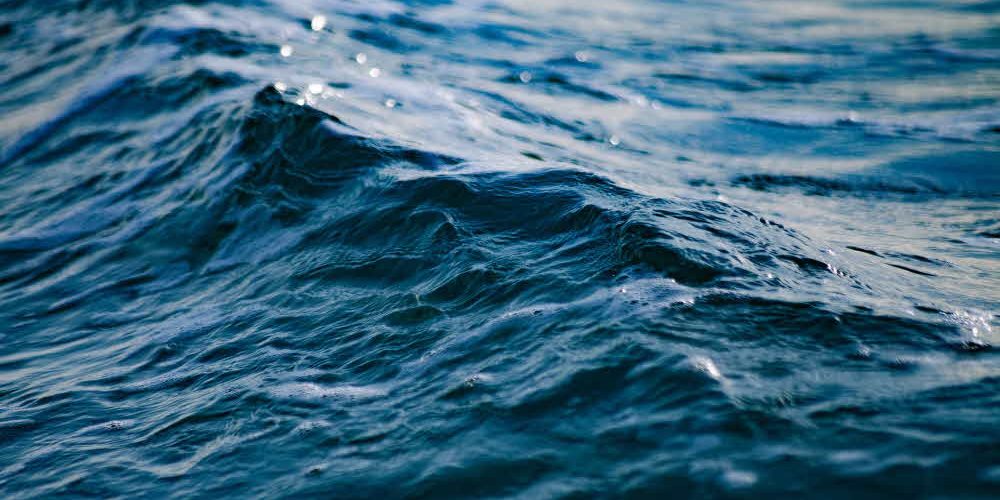
Regions such as the Middle East and Africa are always suffering from water shortages. Attempts to obtain life-essential water from the sea can be natural in some way in these areas. Seawater desalination plants installed in 177 countries around the world are helping to turn this seawater into drinking water.
However, he says this is not just good. Seawater desalination actually poses a threat to marine life and food chains.
According to a paper published in the Science of the Total Environment by the Institute of Water, Environment, and Health at the United Nations University, the amount of concentrated salt water emitted by the seawater desalination plant during the drinking water process was 1 It is said to have covered Florida for years. Seawater discharged to make 1 liter of fresh water is 1.5 liters. The reality of the thesis is that there is more waste than the result. Around the world, 15,906 factories spit out 142 billion liters of salt water every day. Half of these are concentrated in the Middle East, including Saudi Arabia, Kuwait, Qatar and the United Arab Emirates.
The research team, of course, explains that it does not mean that the seawater desalination plant is evil, but that it means that the phenomenon must be properly understood. The high concentration of salt water disposed of in reservoirs and seas is a threat to marine life.
Rather than disregarding the high concentration of salt water, it may be necessary to solve problems such as recycling. You can use it for crops that are not good in salt water, or consider various methods such as hydroelectric power generation or mineral extraction. Anyway, it is said that in countries with high demand for seawater desalination plants, it is necessary to find a recycling method as well. The lower the cost of seawater desalination technology, the more likely it is that more countries struggling with water shortages will use it. It is time to think about countermeasures for seawater. Related information can be found here .


















Add comment